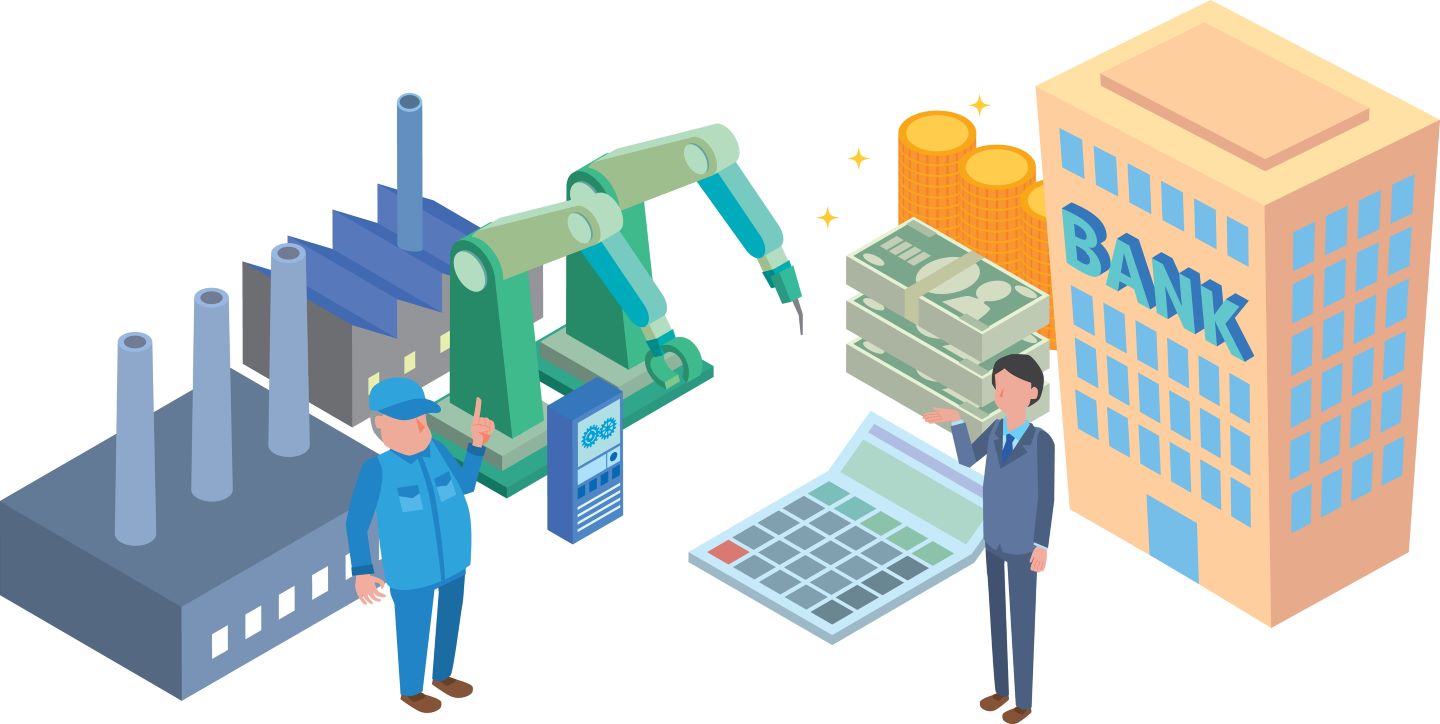Regardless of your place in the food and beverage processing industry—the C-suite, operations, maintenance, or IT—your job depends heavily on good data and reliable information. But not all data is good data. Some is bad, some is incomplete, and some is missing altogether. The impact of so much unreliable data floating through your facility systems can be huge.
Decision-making requires access to the best data available. “Garbage in, garbage out” is a computer science concept rooted in the idea that decisions made from bad or incomplete information will lead to poor results. How many decisions do you make based on data you assume to be true, without any assurance that it is true? Think of the most common business decisions considerations you deal with each year:
- What raw materials you purchase
- The cost of materials and equipment
- The reliability and efficiency of equipment
- Quality control
- Opportunities for R&D and new product testing
- Advertising, sales, and the entirety of what you know about your customers
- Potential supply chain partners
- Market locations to sell your products
- Paths for company growth and innovation
When the future of your business is at stake, your team must be able to confidently separate the good data from the bad.
Unreliable information isn’t just a hindrance to continuous improvement; it also casts a shadow across the entire U.S. economy. A 2016 IBM study estimated that poor-quality data cost the U.S. more than $3.1 trillion annually. With so many companies affected and on such a large scale, it’s unlikely that your business has come away unscathed.
At Worximity, our mission is to continuously improve your performance with simple and scalable technology—technologies that leave you with relevant numbers, reliable data, and a high-level view of your entire manufacturing operation. With that in mind, we’ve seen all the different ways food and beverage processors can get distracted by bad data. Trust us when we say that its impact is everywhere and often in places you’d never think to second-guess.
Four Ways Bad Data Can Burden Food and Beverage Processing
1. Quality of Product
Data is a crucial component of measuring and maintaining food and beverage quality. If your products are sensitive to temperature, environment, time, or any other criteria, good data will let you know—and it will provide real solutions to optimize your production cycle and delivery process. When the data is unreliable, anything can happen, and it’s almost never good.
2. Cost of Decisions
The effect of bad data on your company’s costs and overall production processes can be astronomical. But it’s not just during production, when costs can skyrocket. Faulty data can influence how compliant your business is with federal, state, and local regulations—and compliance mistakes can lead to fines in the thousands or more.
3. Efficiency of Staff and Equipment
The best manufacturing facilities run like well-oiled machines—something only achieved through an efficient production line. But what if your data is incomplete, bad, or missing? Productivity is lost. Staff members spend too much time fixing data errors and validating functionality. The information used to optimize your facility floor is unreliable. Put it all together and the results are clear: Poor data management ruins efficiency.
4. Reputation of Brand
When you work in food and beverage processing, consumers demand transparency. The ramifications from relying on bad data can affect a business from the purchase of its raw materials to the distribution of finished goods, ticking down the quality of your product at every stage. This can lead to anything from small, avoidable headaches to large-scale public relations nightmares—and it can cost you prospective talent, too.
Bottom Line: Food and Beverage Processors Lose Their Competitive Advantage When Relying on Bad Data
You’re in business to be the best you can be. Bad data is the ultimate anchor to implementing proven software solutions. It doesn’t just hold your business down; it holds your business back as competitors start to overtake you, stealing the success that could have been yours.
Just because you trust incomplete data doesn’t mean the guy down the street hasn’t discovered a better way. Every day you rely on “garbage in” is another day they get to close the gap on you or extend their lead into new markets and future-focused opportunities.
Use Worximity’s Smart Factory Resource and Avoid Bad Data-Related Disruptions
Too many manufacturers try and fail to right their ship because they can’t distinguish between the good data and the bad. Now, you don’t have to go it alone—our brand-new Smart Factory E-book can help you improve your factory’s overall equipment effectiveness (OEE).
Free to download and easy to use, Smart Factory Analytics will help you:
- Avoid falling behind competitors already working to develop Industry 4.0 solutions for the next decade
- Introduce your team to the necessary steps for developing a Smart Factory Roadmap
- Transform your facility into a Smart Food & Beverage Processing Factory
- Learn the ways becoming a Smart Factory can improve your business growth
- Understand the ROI that Smart Factories like yours can come to expect
When you’re ready to move beyond where you are and get where your business deserves to be, Worximity’s resources are here to help. Download the E-book today and begin the conversations needed to identify what your current data is really saying and how the right technology can elevate your business.







